The firmŌĆÖs regional leader for science and technology in London on hearing about scientific breakthroughs made in HOK-designed buildings, keeping work and home life separate, why his decades-old bike will never be stolen and his love of local food festivals
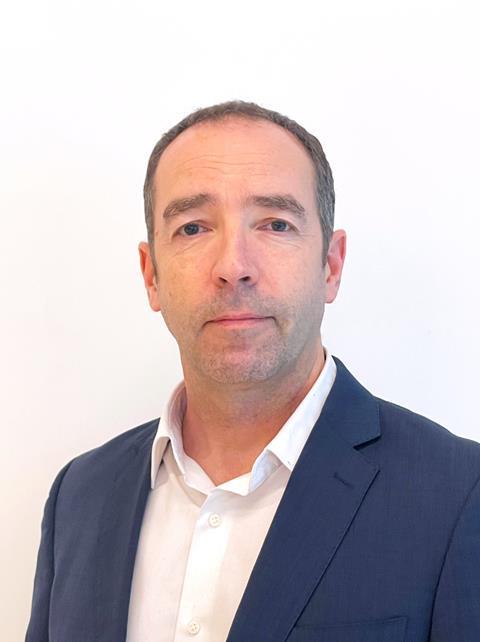
Why did you choose construction as a career?
Architecture has fascinated me since I was a kid, driven by a natural passion for drawing and design. Watching my father ŌĆō a carpenter in the construction industry ŌĆō work with such precision and creativity inspired my love for design and craftsmanship.
I was fortunate to attend a progressive technical school in Dublin, where I studied engineering, science and art. My technical drawing teacher, a retired architect, had a significant influence on me and encouraged me to apply for an architectural engineering course in London, which ultimately set me on my career path.
What are you most proud of in your career to date?
My recent appointment as regional leader for the science and technology practice at HOK in London. Leading a talented, passionate team of designers to deliver complex research facilities and laboratories for corporations, universities and government agencies is a privilege.
Throughout my career, I have had the opportunity to work on a diverse range of projects alongside inspiring stakeholders and multidisciplinary teams. One of the most rewarding moments is hearing about scientific breakthroughs made in buildings we have designed ŌĆō knowing that, in some small way, the environment we created contributed to that success. ItŌĆÖs a powerful reminder of how impactful design can be.
What has been the biggest challenge of your career to date?
Keeping work and home life separate has definitely been one of the biggest challenges. I am passionate about both science and architecture and, since my partner is also an architect, conversations about projects and industry trends often spill over into our personal time.
If you could change one thing about the industry, what would it be?
I would like to see a more accessible path to architectural qualification. The current route is long and demanding, and I have seen incredibly talented people step away from the profession because of it.
There is a real opportunity to create a more flexible and supportive process that nurtures emerging talent and keeps passionate individuals in the field.
What is the most helpful advice that you have been given?
Always seek to adapt and innovate. Working in the design of advanced scientific laboratories and research facilities has shown me how quickly the landscape can change.
The increasing demand for faster project completion has shifted the traditional design process into a more agile, collaborative approach. ItŌĆÖs a challenge, but it also creates exciting opportunities for creative solutions and groundbreaking advancements.
Staying adaptable and open to new ideas is essential in this ever-evolving field.
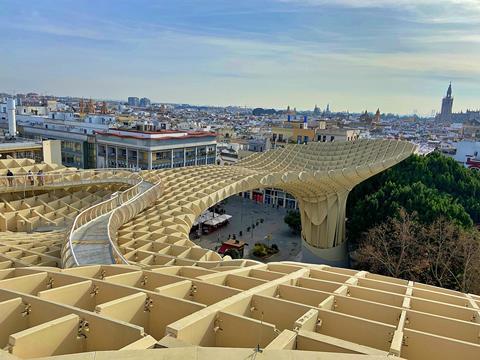
Name your favourite building in the world?
I donŌĆÖt have a single favorite, but a recent visit that stands out is the Setas de Sevilla in La Encarnaci├│n Square in Seville, Spain, designed by the architect J├╝rgen Mayer-Hermann. ItŌĆÖs part sculptural masterpiece, part vibrant public space ŌĆö an impressive feat of timber engineering that covers a multi-functional venue, including a traditional market, performance spaces, a tapas restaurant, an archaeological museum, and a panoramic viewpoint offering stunning views of Seville.
ItŌĆÖs a place that never fails to inspire and captivate.
Which famous building do you most dislike?
There are plenty of uninspiring tall buildings in London that I cycle past on my way to work but, looking beyond my adopted hometown, I struggle to find elegance in the Scottish Parliament building in Edinburgh.
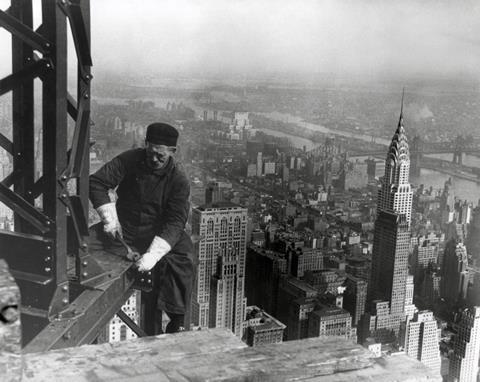
Which famous building do you wish you had worked on?
The Empire State ║┌Č┤╔ńŪ°. Not just for the chance to be part of such an iconic project, but also to experience the awe-inspiring view of New York City in the 1930s and witness the fearless steelworkers navigating the heights with little or no safety equipment. It must have been an incredible sight.
What single piece of advice would you give to someone starting out in your profession?
DonŌĆÖt be afraid to move around and try new things early in your career. There is immense value in gaining a range of experiences.
Work in different-sized practices, explore various sectors and broaden your perspective. All experience is good experience ŌĆō you might even discover a passion or niche you hadnŌĆÖt considered.
Be curious, take some calculated risks and embrace the learning opportunities along the way.
What is it like being you (and doing your job)?
I truly enjoy my job as an architect specialising in facilities that advance science, education and innovation. Collaborating with fantastic colleagues, clients and consultants makes the work both enjoyable and fulfilling.
Over time, my role has evolved, giving me a broader perspective on projects. It is incredibly rewarding to see the bigger picture ŌĆō facilitating effective collaboration, anticipating challenges and spotting opportunities early on.
Being part of creating spaces that contribute to meaningful discoveries and progress is something I am genuinely passionate about.
Do you have a life philosophy?
Have fun and never give up. Every problem has a solution.
What do you think your best quality is?
IŌĆÖm an eternal optimist.
What trait do you most dislike in yourself?
Getting drawn into the detail before fully settling on the overall strategy.
And in other people?
Lack of communication.
Name three things that you like
Being outdoors (cycling, golf and rock climbing); being indoors (good food and wine, watching rugby); and travelling (discovering new places, especially if thereŌĆÖs a local delicacy involved. If thereŌĆÖs a food festival, IŌĆÖm already there).
Tell us about a secret skill that we donŌĆÖt know you have.
I am secretly a digital abstract artist ŌĆō nature and photography inspires my work. Also, during lockdown, I started learning Spanish on an app and have not missed a day since. My Spanish friends get a good laugh at my attempts to translate jokes.
What is your most prized possession?
I am not really one for possessions, but my old bike is definitely a keeper. I have been cycling to work on it for over 20 years. I bought it from a university friend for ┬Ż50 ŌĆō a deal he still regrets. It looks like a wreck, but thatŌĆÖs the beauty of it. I can leave it anywhere in London and no one is going to steal it.
Early bird or night owl?
Early bird, 100%. I am most creative in the morning, and I prefer to tackle the routine tasks later in the day when my brain is in autopilot mode.
What is your favourite food?
Sushi, without a doubt. Especially salmon sashimi. I also love lamb chops, though I prefer them to stay separate.
What would your superpower be?
Teleportation. I would love to be able to pop over and visit family and friends overseas without the hassle of airports. Plus, it would save me a lot of time and I wouldnŌĆÖt have to deal with airport food.



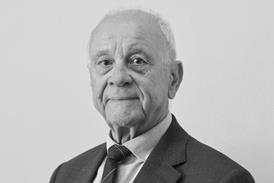




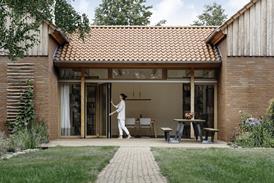














No comments yet